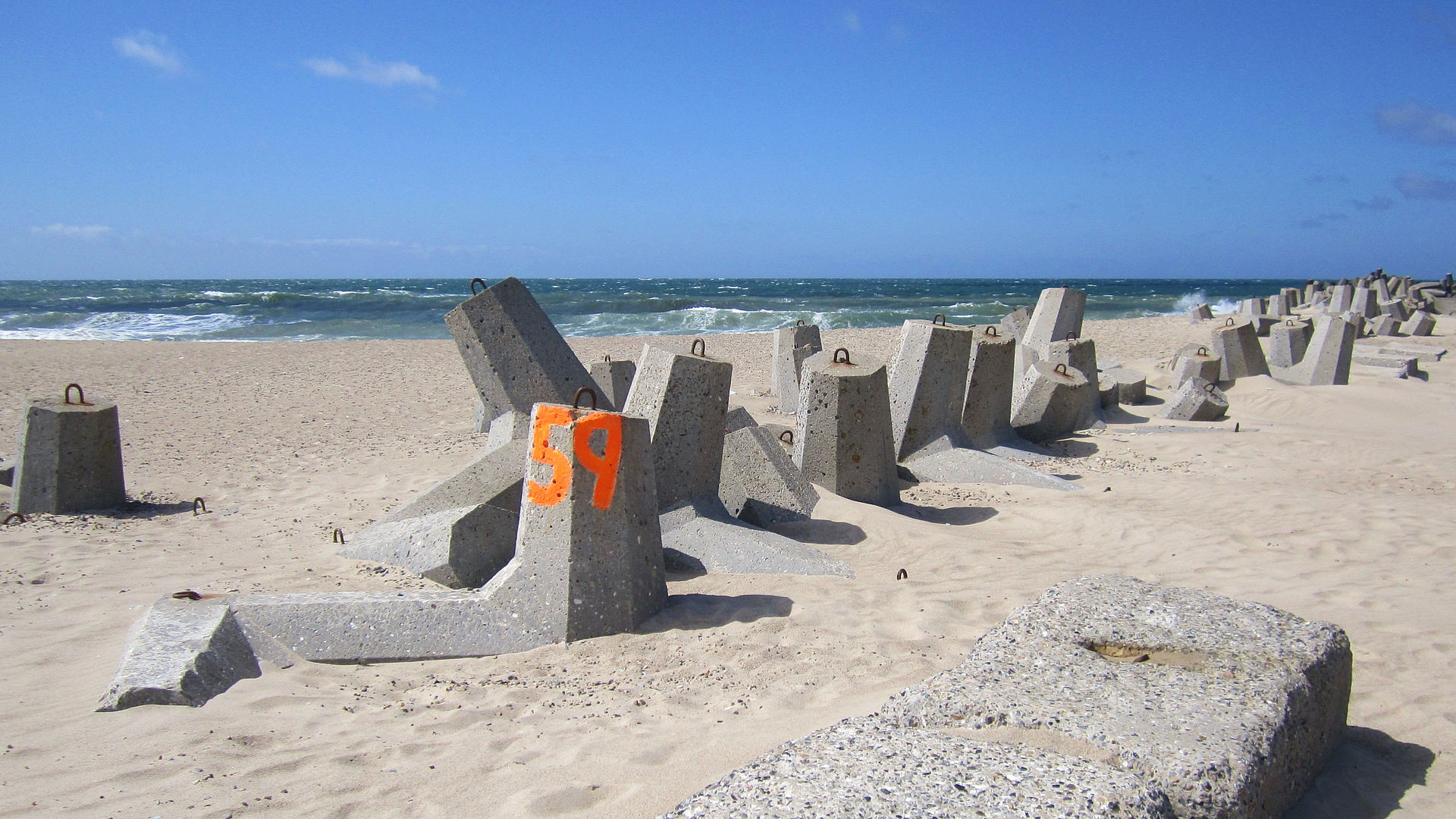
In "Coastal Dynamics and Engineering Design" the hydraulic principles from "Basic Coastal Engineering" are used to determine the loading and transport variables for sediments and other particles in coastal areas and to determine the effects on coastal and offshore constructions.
The subarea sediment transport of the coastal zone comlpletes the hydraulic fundamentals by further principles for sediment transport to be able to calculate both natural and structure related morphological changes in the coastal zone. The calculation of the cross- and longshore transport allows for the prediction of changes of coastal profiles and modifications of the coastline by storm surges and nearshore currents. The understanding of the local morphological processes and their qualitative assessment enables the students to predict the effects of engineering projects on scour processes, sediment deposition, coastal erosion and coastal recession.
The course Design of Coastal Structures provides an overview of the various types of coastal structures, their functionality, the tools to determine the wave-induced loading and the methods for their calculation and construction. The students are thus prepared for the specific tasks of a coastal engineer. Since these tasks do not stop in coastal zones, the special features of offshore buildings with respect to loading and construction are also introduced. An overview of innovative coastal and offshore structures and their development shall demonstrate how to use the existing knowledge on the interactions of waves, structure and sediment to develop innovative constructions.
The courses in coastal Engineering are complemented by the Learning Platform Coastal Engineering. There you find the tutorial videos, which are part of the practice lessons in coastal engineering. In addition the learning platform provides complementary media like interactive diagrams and more videos.